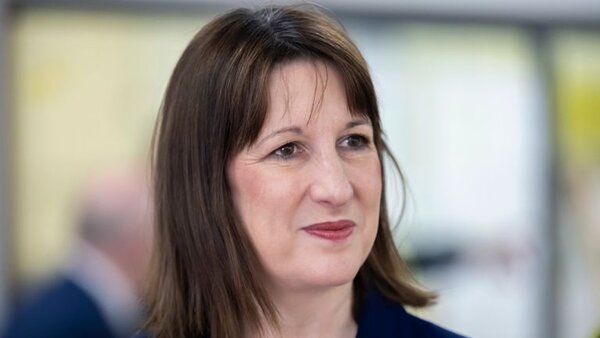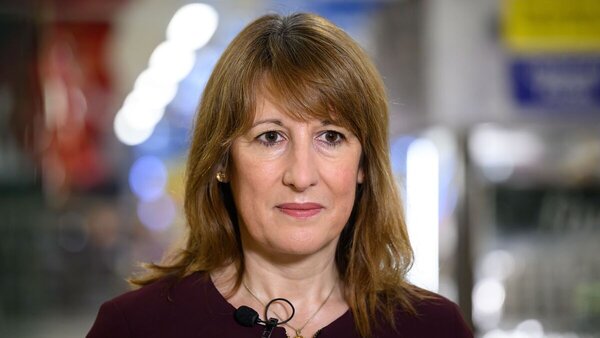In the realm of taxation, the term 'brought forward' holds significance for self-employed individuals in the UK. In this detailed guide, we delve into the meaning of 'brought forward,' its implications, how it influences tax calculations, and strategies for managing it effectively within your financial affairs.
Understanding 'Brought Forward'
- 'Brought forward' refers to the transfer of financial figures or data from a previous accounting period to the current one.
- In the context of taxation, 'brought forward' commonly relates to carrying over balances or losses from previous tax years to offset against income or gains in the current tax year.
- It plays a crucial role in determining the net taxable income and overall tax liability for self-employed individuals.
Implications for Self-Employed Individuals
- For self-employed individuals, 'brought forward' often involves carrying forward losses or unused allowances from prior years to reduce tax liability in the current year.
- It allows self-employed individuals to optimize their tax position by utilizing available allowances, deductions, and reliefs carried forward from previous years.
How 'Brought Forward' Affects Tax Calculations
- When preparing tax returns, self-employed individuals must consider any brought forward balances, such as trading losses, capital allowances, or unused personal allowances, which may impact their taxable income.
- Brought forward losses or allowances can be set against current year profits or income, thereby reducing the overall tax liability.
- Proper accounting for brought forward figures is essential for accurate tax reporting and compliance with HMRC regulations.
Strategies for Managing 'Brought Forward' Effectively
- Keep detailed records of brought forward balances, including trading losses, capital allowances, and unused personal allowances, to ensure accurate tax calculations.
- Regularly review brought forward figures to identify opportunities for tax optimization and maximize available reliefs and allowances.
- Utilize the Pie Tax App to track and manage brought forward balances effectively, ensuring compliance with tax regulations and optimizing tax efficiency.
Why bring forward though?
Bringing forward is a way of being more tax efficient. If you make a loss one year, it can be brought forward as an expense the following year against your profit.
You make a loss of £5,000 in the 2017/18 tax year
You make a profit of £40,000 in the 2018/19 tax year
The £35,000 difference is what you’ll pay tax on
You would therefore bring a loss forward to reduce the tax you pay on your profits the next year. However, as of 2017, you can only carry forward losses against profits of the same trade.
Any balance that you bring forward from the previous year is known as an Opening Balance.
The following losses can be brought forward:
- Capital losses
- UK property business losses
- Trading losses
You can claim these on your tax return. If you need any help with your tax refund, we can help you!
Navigating 'Brought Forward' with Pie Tax App and Expert Tax Assistants
- The Pie Tax App offers tools and features to help self-employed individuals track, manage, and utilize brought forward balances effectively within their tax affairs.
- Expert tax assistants available on the Pie app provide personalized guidance and support to ensure accurate reporting of brought forward figures and optimize tax planning strategies.
Conclusion
understanding 'brought forward' is essential for self-employed individuals navigating the complexities of taxation in the UK. By comprehending its meaning, implications, and strategies for managing it effectively, self-employed individuals can optimize their tax position and minimize their tax liability. The Pie Tax App and expert tax assistants are valuable resources for managing brought forward balances, ensuring compliance with tax regulations, and maximizing tax efficiency in your financial affairs.
FAQs (Frequently Asked Questions)
What happens if my brought forward losses exceed my current year's income?
If your brought forward losses exceed your current year's income, you may carry forward the remaining losses to future tax years to offset against future profits.
Can I carry forward unused personal allowances from previous years?
No, unused personal allowances cannot be carried forward to future tax years. They are applicable only for the specific tax year in which they were unused.
Are there any restrictions on the types of expenses I can carry forward?
Brought forward expenses must be legitimate business expenses incurred in the course of trade or self-employment and must comply with HMRC regulations.
Do I need to report brought forward figures in my tax return?
Yes, brought forward figures, including losses, allowances, and other relevant financial data, should be accurately reported in your tax return to ensure compliance with HMRC requirements.
Can I amend my previous tax returns to include or adjust brought forward figures?
Yes, you can file an amendment to your previous tax returns to include or adjust brought forward figures if you discover errors or omissions in your initial filings. However, it's essential to adhere to HMRC guidelines and deadlines for filing amendments.










